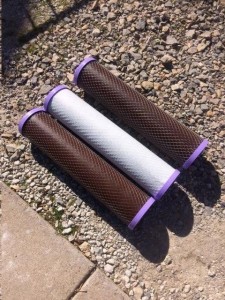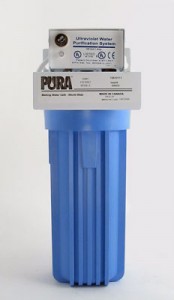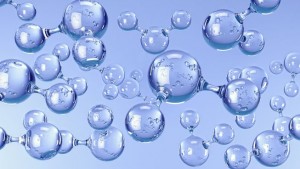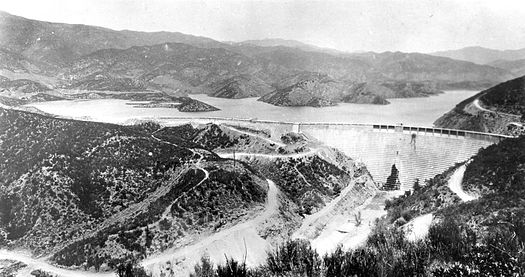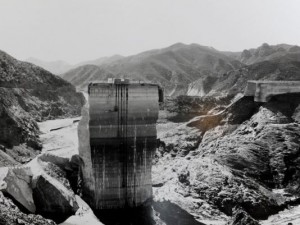New Sites Added to the EPA Superfund’s National Priorities List
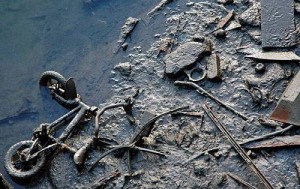
The U.S. Environmental Protection Agency (EPA) added five and proposed to add eight hazardous waste sites to the Superfund program’s National Priorities List (NPL). These are sites with known or threatened hazardous waste releases that could pose risks to public health, water quality, and the environment.
“Cleaning up hazardous waste sites is vitally important to the health of America’s communities,” Mathy Stanislaus, assistant administrator for EPA’s Office of Land and Emergency Management, said. “Our goal is to give communities the best opportunity for productive use of a site after it is cleaned up.”
Superfund Cleanups Have Documented Health Benefits to Communities
A site’s addition to the NPL helps address potential adverse human health impacts. Academic research shows that investment in Superfund cleanups reduces the incidence of congenital abnormalities in infants by as much as 25% for those living within approximately a mile and a quarter of a site.
Cleanups involving lead-contaminated soil have contributed to documented reduced blood-lead levels in children. If left unaddressed, elevated blood-lead levels may result in irreversible neurological deficits, such as lowered intelligence and attention-related behavioral problems.
Cleanups Stimulate the Local Economy
“Adding a site to the NPL generates new jobs and creates stronger local economies that will strengthen communities for years to come,” Stanislaus continued. “A study by researchers at Duke University and the University of Pittsburgh found that once a site has all cleanup remedies in place and is deleted from the NPL, nearby property values increased 18.6% to 24.5% as compared to their pre-NPL proposal values. Moreover, cleanups increase local communities’ and state governments’ tax revenue, and help to create jobs during and after cleanup. For example, at 454 of the 850 sites supporting use or reuse activities, EPA found, at the end of fiscal year 2015, that approximately 3,900 businesses had ongoing operations that were generating annual sales of more than $29 billion and employing more than 108,000 people.”
Cleanups Make Unusable Properties Usable
More than 850 Superfund sites nationwide have some type of actual or planned reuse underway.
For example, in the town of Corinna, Maine, the Maine Department of Environmental Protection, local officials and stakeholders worked together to integrate a reuse plan for the Eastland Woolen Mill Superfund site. The 22-acre site is a former textile mill that operated from 1909 to 1996. Disposal practices resulted in extensive contamination of soil, groundwater and numerous private drinking water wells.
With EPA support, this collaboration resulted in the Corinna Village Center Reuse Plan, which focuses on mixed-use redevelopment of downtown Corinna and includes commercial, residential and recreational areas.

Superfund Action Makes Polluters Pay for Cleaning Up the Messes They Create
Under Superfund law, only sites EPA adds to the NPL are eligible to receive federal funding for long-term, permanent cleanup. The list serves as the basis for prioritizing both enforcement actions against potentially responsible parties and long-term EPA Superfund cleanup funding. The Superfund program operates on the principle that polluters should pay for the cleanups rather than passing the costs on to taxpayers. EPA searches for parties legally responsible for contaminating a site, and holds those parties accountable for cleanup costs.
The sites in today’s rules potentially affect drinking water, groundwater, soil, wetlands and fishing for human consumption. Contaminants found at the sites include arsenic, mercury, uranium, cadmium, copper, manganese, zinc, aluminum, chromium, lead, trichloroethane (TCA) and trichloroethylene (TCE).
The following five sites were added to the NPL in April,1015:
1. Illinois – Old American Zinc Plant (former zinc smelter) in Fairmont City
2. Iowa – PCE Former Dry Cleaner (former dry cleaner) in Atlantic
3. Nebraska – Iowa-Nebraska Light & Power Co. (former gas plant manufacturer) in Norfolk
4. New Jersey – Former Kil-Tone Co. (former pesticides manufacturer) in Vineland
5. New Mexico – Lea and West Second Street (groundwater plume) in Roswell
The following eight sites have been proposed for addition to the NPL:
1. California – Argonaut Mine (former hard rock mining area) in Jackson
2. Colorado – Bonita Peak Mining District (former hard rock mining area) in San Juan County
3. Indiana – Riverside Ground Water Contamination (groundwater plume) in Indianapolis
4. New York – Wappinger Creek (site of various former industrial operations) in Dutchess County
5. Ohio – Valley Pike VOCs (former tire and heavy duty truck molding manufacturer) in Riverside
6. Puerto Rico – Dorado Ground Water Contamination (groundwater contamination) in Dorado
7. Texas – Eldorado Chemical Co. Inc. (former cleaning products manufacturer) in Live Oak
8. West Virginia – North 25th Street Glass and Zinc (former glass and zinc manufacturer) in Clarksburg
Access to the federal register notices and supporting documents for the final and proposed sites; how a site is listed on the NPL; information about the Superfund Redevelopment Initiative; information on the 35th anniversary of Superfund; and information on the Comprehensive Environmental Response, Compensation and Liability Act can be found on the EPA website.
Learn more about the Superfund from the EPA Website.




